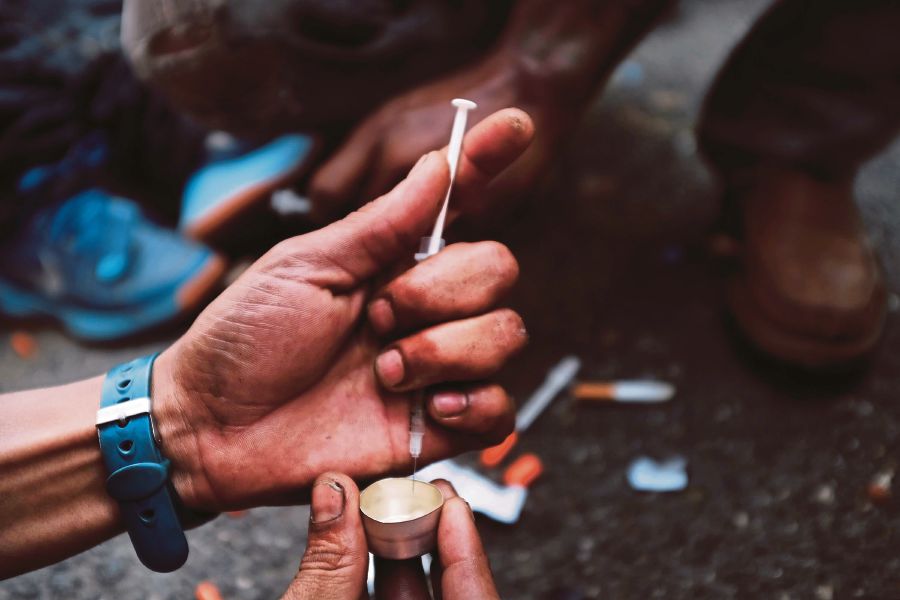CHECKS and balances play an essential role in the treatment of drug abuse and addiction. However, without clear and proper processes in place as to who gets what, the task of combating drug abuse and addiction will continue to be an uphill struggle. Despite the significant headway achieved in the treatment and rehabilitation of drug addicts in Malaysia, the rate of incarceration for drug offences remains at an all-time high.
To put the drug problem into perspective, it is crucial to define what is addiction and categorise, albeit generally, the different types of drug users — recreational, dependents and drug users with a criminal offence.
The definition of addiction and the differentiation in these categories must be made clear before a punishment or treatment is decided on an individual involved in illicit drug use.
Addiction, according to the American Society of Addiction Medicine (Asam), is defined as “a primary, chronic disease of brain reward, motivation, memory and related circuitry” whereby a dysfunction in these circuits will “lead to characteristic biological, psychological, social and spiritual manifestations. This is reflected in an individual pathologically pursuing reward and/or relief by substance use and other behaviours”. Asam also states that addiction often involves cycles of relapse and remission, and if it is left without treatment or engagement in recovery activities, it can be progressive and can result in disability or death.
A drug dependent, or addict, is an individual who no longer possesses the ability to abstain from craving to seek reward and/or relief by substance abuse, or even recognise problems in one’s behaviour and interpersonal relationships. A recreational drug
user is an individual who uses substances in one occasion or more, but is still fully functional without the presence of drugs, whereas a drug user with a criminal record is pretty self-explanatory — a user with a record of public crimes.
Although distinct, the three categories often overlap. By law, illicit drug use is an offence and punishable by a sentence of incarceration. Incarceration, traditionally viewed as a form of “rehabilitation”, has been employed as a preventive measure. The justification has fallen under the premise that a recreational drug user who may have started with softer drugs would move to harder ones, and may subsequently become addicted or commit crimes.
Nevertheless, decades of such a practice has yet to provide evidence that it is the best solution to treating drug abuse and addiction. Being in a facility with maximum security may not be the “one-size-fits-all” solution to this problem as some had hoped.
An addict with a criminal offence who is sent to correctional centres should still be given the proper treatment and rehabilitation services by professionals, depending on the severity of one’s condition. Some cases are in need of medical professionals specialising in addiction and are required to be treated in a hospital instead of a rehabilitation facility.
A mismatch in sentencing has also led to other problems. There has been rising concerns that solely dependent and/or recreational drug users who are sent to correctional facilities pick up tricks of other trades from prison inmates. Dependents, following their addictive personality, become addicted to a different drug instead of being rehabilitated.
This brings forth the possibility that drug users may have a better chance of getting rehabilitated in a supportive environment of an institution, or within their own community. Alas, this mismatch would further instigate the stigma of drug addiction. It will not be confined only to the drug users, but also the very agencies that have been given the mandate to treat and rehabilitate these users.
Proper analysis of each case needs to be done prior to sentencing to ensure that proper treatment and care is given to those in need. After all, being shown the wrong “door” could determine one’s future and recovery, and could result in dire consequences, both for the individual and the public.
This article first appeared in The New Straits Times on 11 October 2017.





